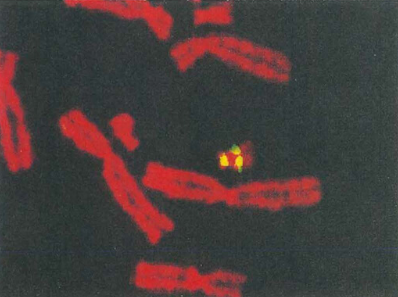An obituary to Ann Chandley
The MRC Human Genetics Unit pays tribute to influential former researcher Ann Chandley: March 2020


Staff at the Unit were sad to hear of the recent passing of Ann Chandley. Ann was a member of a distinguished cohort of innovative cytogeneticists working in the MRC Clinical and Population Cytogenetics Unit - the predecessor to the current Human Genetics Unit (HGU). The Unit had a focus on the effects of radiation at the chromosome level and population chromosome variation.
Ann started her career in the Christie laboratory of AJ Bateman who proposed the controversial Bateman’s principle explaining sexual selection on the basis of the different investment in gametes in males and females.
Perhaps this was the start of her lifelong interest in gametogenesis. In Bateman’s lab she worked on the effects of mutagens on Drosophila germ cells using cytogenetic methods. She retained a passion for the intricacies of meiosis in germ cells throughout her career and having changed her focus to mammalian systems contributed to both technical developments in the field and to basic biology.
In an important set of papers in 1977 with Herb Stern and Yassuo Hotta she demonstrated conservation of the basic processes of meiotic recombination between plants and mammals.
Ann had broad interests, working on fertile interspecific mule hybrids, looking at the effects of a wide variety of chromosomal variants on fertility and at the cytogenetic level with her long term collaborator Tim Hargreave and others, collecting cases of idiopathic human male infertility. Her aim was to use the then new molecular techniques to search for Y chromosome microdeletions and ultimately Y chromosome genes required for spermatogenesis.
With Kun Ma and others this led to the finding of a gene, RBMY on the human Y chromosome. This RNA binding protein may be involved in regulating germline splicing activity.
Her influence at the Unit persists and is reflected in ongoing work on mechanisms of meiotic pairing and on RNA metabolism.


